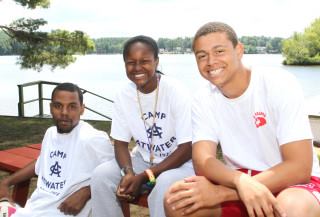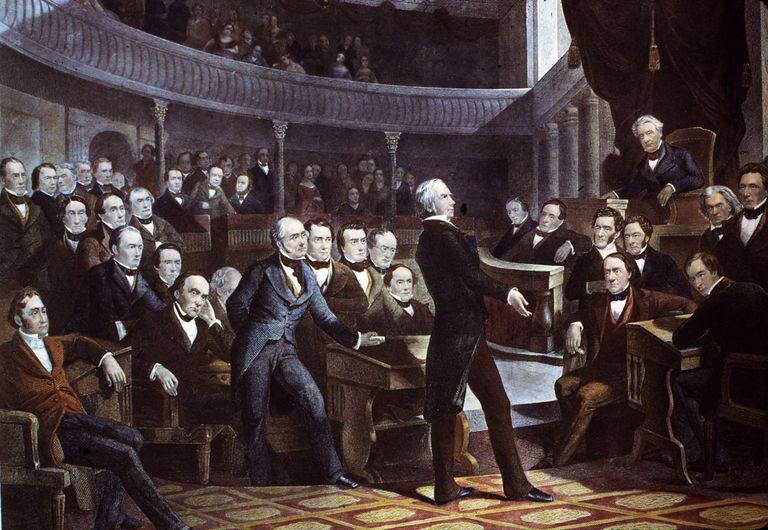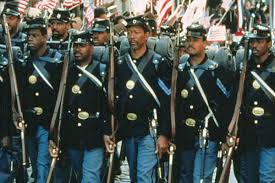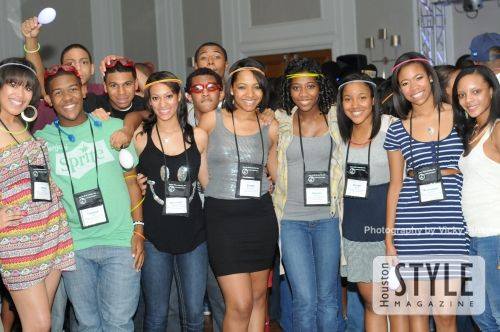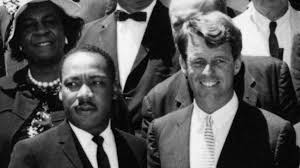GM – FBF – If you want to talk about dance bands – Trenton, NJ’s
INSTANT FUNK is at the top of the list.
Remember – “Trenton Makes The World Takes”
Today in our History – Trenton, NJ own INSTANT FUNK to be
honored this weekend January 27, 2017 “Father’s and Son’s United for a
better Trenton – Unsung Heros.
Instant Funk burst on the ’70s disco scene with the
million-selling single “I Got My Mind Made Up (You Can Get It Girl)”
and the gold album Instant Funk. The Trenton, NJ, band started out with the
core lineup of bassist Raymond Earl, drummer Scotty Miller, and guitarist Kim
Miller. It later expanded to include keyboardist Dennis Richardson; lead singer
James Carmichael; horn players Larry Davis, Eric Huff, and Johnny Onderlinde;
and percussionist Charles Williams. The band can be heard on sides by Evelyn
“Champagne” King (her gold single “Shame”), Archie Bell
& the Drells (“Let’s Groove,” “The Soul City Walk,” and
“Strategy”), South Shore Commission (“Free Man,” “A
Train Called Freedom”), the O’Jays (” Let Me Make Love to You,”
“I Swear I Love No One but You”), Lou Rawls (“From Now On,”
“When You Get Home”), Gabor Szabo (“Keep Smilin'”), and
Jean Carn, as well as for their mentor, Bunny Sigler, and his cover of
“Love Train,” “Keep Smilin’,” “Let Me Party With
You,” “Sweeter Than the Berry,” and “Only You,” a duet
with Loleatta Holloway.
In the mid-’60s, bassist Raymond Earl met drummer Scotty Miller
in grade school and formed the duo the Music Machine. In 1973, Scotty’s younger
brother, guitarist Kim Miller, joined the duo. After hours and hours of playing
together, the trio found that they clicked; they became so intuitively
“tuned” into each other that they could anticipate and accent each
other’s playing. In 1968, they began backing local vocal group the TNJs,
appearing at local dances and venues building up a good reputation. Around
1971, the group’s manager Jackie Ellis christened the backup band Instant Funk
because they could come up with funky grooves instantaneously.
Philly soul artist/producer/songwriter Bunny Sigler was invited
by Ellis to see Instant Funk and the TNJs perform. Sometime during the show,
Sigler was called on stage to perform. He was impressed that the band knew
“Sunshine,” a song he co-wrote with Phil Hurtt that was made popular
by the O’Jays. They began backing Sigler, the Manhattans, and various other
R&B acts. As a staff songwriter/producer at Gamble & Huff’s
Philadelphia International Records, Sigler began using Instant Funk on his
sessions along with the TNJs. At those sessions and later, Sigler would record
the basic track with Earl and the Miller brothers. Sigler, a brimming fount of
ideas, would often stop the band midsong to implement one of his flashes of
brillance. They backed Sigler on three of his PIR albums: That’s How Long I’ll
Be Loving You, Keep Smilin’, and My Music. Some tracks from those LPs are on
Sony/Legacy’s The Best of Bunny Sigler: Sweeter Than the Berry and the 1998
Sony CD Bunny Sigler. Instant Funk released a single on PIR’s TSOP imprint,
“Float Like a Butterfly,” and an album, Get Down With the Philly
Jump, issued in November 1976, whose title track and “It Aint Reggae (But
It Sho Is Funky)” were popular in disco clubs.
Jean CarnInstant Funk can also be heard on sides by the O’Jays
(“Let Me Make Love to You,” “You’ve Got Your Hooks in Me,”
“Once Is Not Enough,” and “I Swear I Love No One but You”
from Message in Our Music; “Strokety Stroke” from So Full of Love),
Archie Bell & the Drells (“Let’s Groove,” “Strategy,”
“The Soul City Walk,” and “I Could Dance All Night” on
Tightening It Up:The Best of Archie Bell & the Drells), the Three Degrees
(“Take Good Care of Yourself”), Jean Carn (“I’m in Love Once Again”
and “You Are All I Need” from Jean Carn), Dexter Wansel (“Life
on Mars,” the best recording that gives an idea of how the band sounded
live, and “You Can Be What You Wanna Be” from The Very Best of Dexter
Wansel), and M.F.S.B. (“Let’s Go Disco” from Universal Love). The
band can be heard on studio bandmate T. Life’s That’s Life album and LPs by his
protégée, Evelyn “Champagne” King (Smooth Talk and Music Box).
In 1977, M.F.S.B. guitarist Norman Harris started his own label, Gold Mind
Records, distributed by New York-based Salsoul Records. Sigler signed on as a
recording artist. He and the band were constantly in the studio recording ideas
and songs. One track, “Let Me Party With You,” Sigler would listen to
while driving around and excited passengers suggested that he release it. The
single, co-written by the Miller brothers, Earl, and Sigler, went to number
eight R&B in January 1978. The track was reminiscent of Marvin Gaye’s
“Got to Give It Up.” The album, Let Me Party With You, was a huge
disco hit, and included the follow-up single, the funky Sam Peake’s
sax-drenched ballad “I Got What You Need,” “Don’t Even
Try,” and the club hit “Your Love Is So Good.”
While brainstorming in the studio, Sigler and Instant Funk came
up with “I Got My Mind Made Up (You Can Get It Girl).” Sigler did
overdubs on the track at Philadelphia-area studios, Alpha International and
Sigma Sound Studios, before taking it to Bob Blank’s Blank Tapes in New York.
When the track was done, Sigler shopped it around to the record labels, who
rebuffed him with comments like “the hook’s not strong enough” and it
sounds incomplete.” Instant Funk signed with Gold Mind, but by the time
their single “I Got My Mind Made Up (You Can Get It Girl)” was
released, Gold Mind had folded and all of its acts were transferred to Salsoul.
Witch Doctor The million-selling “I Got My Mind Made Up
(You Can Get It Girl)” (remixed by Larry Levan) parked at number one
R&B for three weeks, peaking at number 20 pop on Billboard’s charts in
March 1979. Their second album, Instant Funk, issued January 1979, went gold
hitting number one R&B in spring 1979. Other Instant Funk albums on Salsoul
were: Witch Doctor (November 1979), The Funk Is On (October 1980), Looks So
Fine (March 1982), Instant Funk, Vol. 5 (January 1983), and Kinky (September
1983). The band backed Sigler on his Salsoul LPs: I’ve Always Wanted to
Sing…Not Just Write Songs (March 1979) and Let It Snow (June 1980). Other
Salsoul LPs that feature Instant Funk are Loleatta Holloway’s Queen of the
Night, Loleatta, and Greatest Hits; Double Exposure’s Locker Room; and the
Salsoul Orchestra’s How High. For Neil Bogart’s Casablanca Records, the band
can be heard on two albums Sigler produced for the label: Party Girl by Patti
Brooks and Callin’ by the Pips. On Curtis Mayfield’s Curtom Records, Sigler and
the band are on Barbara Mason & Bunny Sigler’s Locked in This Position, the
self-titled debut of Mystique featuring Ralph Johnson, and Mayfield’s own
Heartbeat. With the John Brothers, who were featured on Witch Doctor, they
recorded a Sigler-produced RCA single, “Try to Walk a Mile” b/w
“I Just Want to Be Free,” both songs written by Bunny’s brother Jimmy
Sigler. They are also on Gabor Szabo’s Mercury LP Nightflight and Carl
Carlton’s I Wanna Be With You.
When the Cayre brothers, owners of Salsoul Records, decided to fold the label
in 1984, in an effort to concentrate on the then-emerging home video market,
Instant Funk was without a record deal. The band toured for a few years then
disbanded. Some of the members were still in the music business in one form or
another as the 21st century began. Raymond Earl was operating his own studio
and production company, Ray Ray Productions. Kim Miller, Dennis Richardson, and
James Carmichael went into gospel music. Bunny Sigler was touring the world as
a member of the Trammps.
Larry Levan’s Paradise Garage
“I Got My Mind Made Up (You Can Get It Girl)” can be found on the CD
reissue of their 1979 gold album Instant Funk, Greatest Hits from
EMI/Capitol/The Right Stuff, in the movie and on the soundtrack for the
Disney/Miramax movie 54, Larry Levan’s Paradise Garage, and various Salsoul and
Salsoul-licensed compilations. For more Invermation and to get tickets for the
event contact – Friends Who Like Instant Funk’s facebook page. Congradulations
to one of Trenton’s finest. Make it a champion day!

